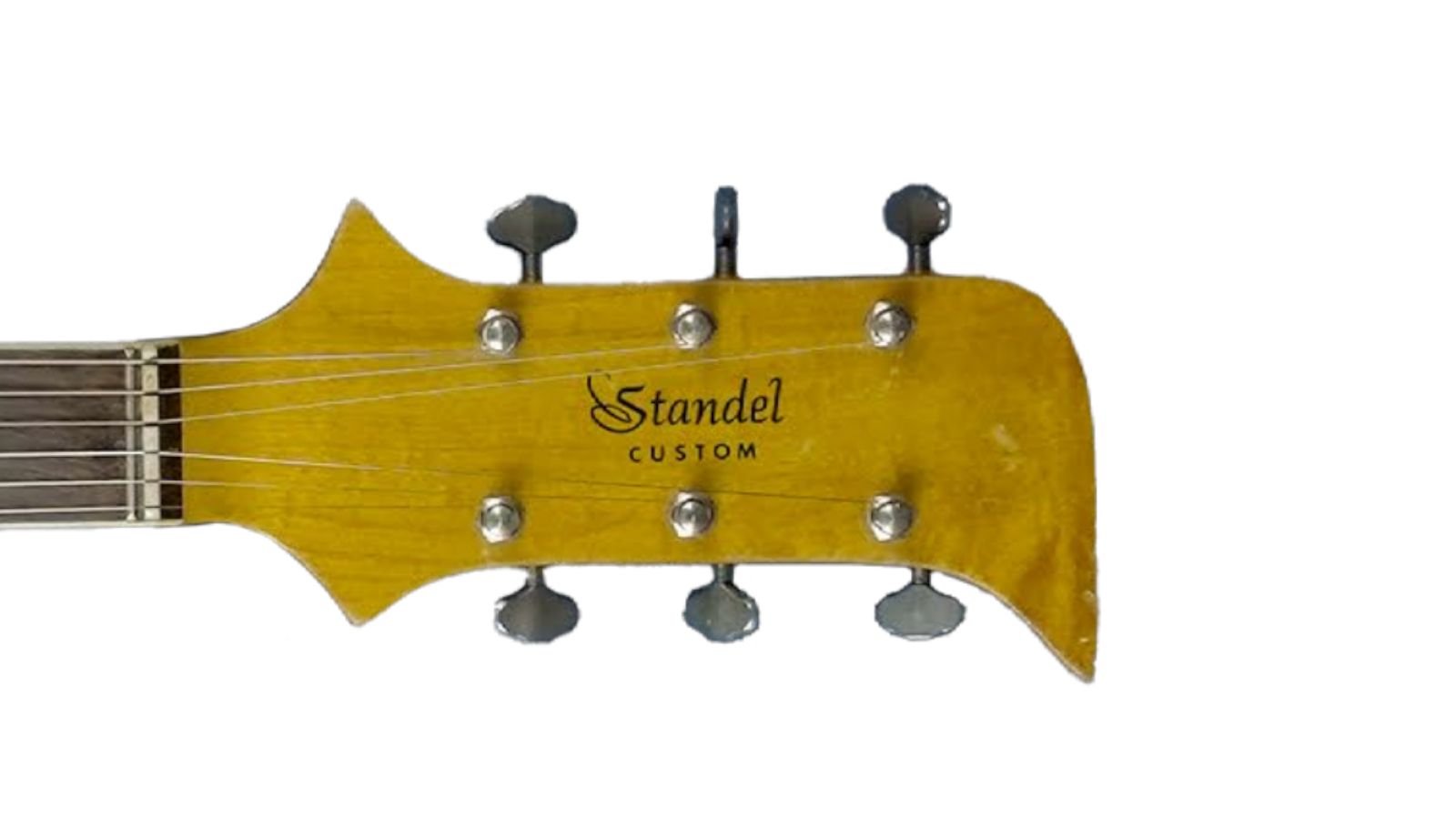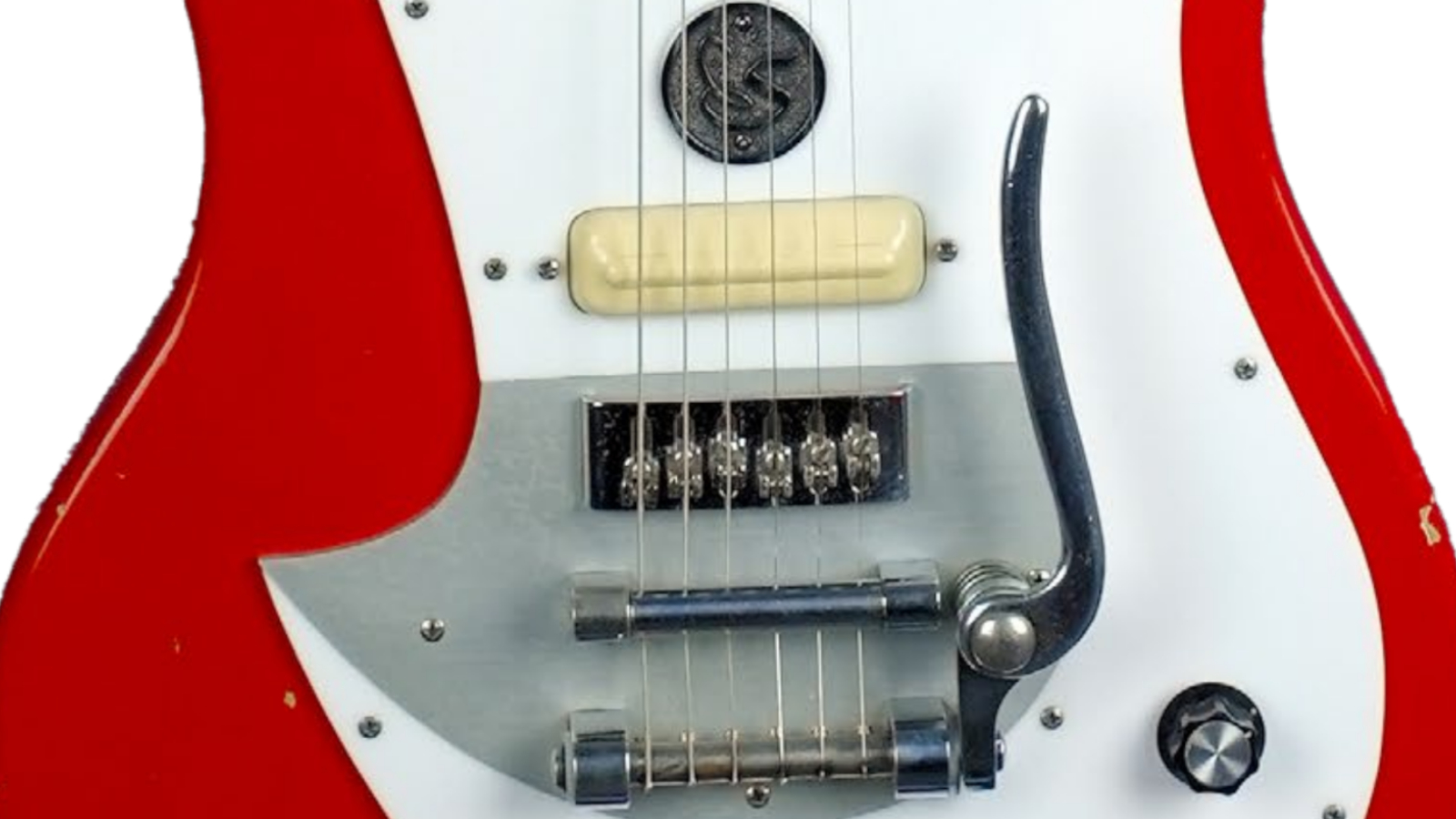The Best Vintage Guitar Brand You’ve Never Heard Of
Despite a brief flirtation with some big names, Standel guitars, like this 1967 Custom, never got the love.

Like many long-forgotten electric guitars of the 1960s, the Standel Custom had a stealth arrival and an even quieter departure.
But don’t let its obscurity fool you. As this 1967 model reveals, it’s a nicely engineered guitar that sports some fine amenities and an interesting pedigree.
Built in Southern California initially, and later in New Jersey, these guitars were manufactured for a few years at the end of the ’60s before the line was retired.
They were created by Standel amp builder Bob Crooks, who had collaborations with guitar makers Semie Moseley of Mosrite Guitars and Joe Hall of the fabled Hallmark guitar line.

In ’66 Standel joined up with Sam Koontz, who designed this model, and others, through the Harptone Company. Unfortunately, he was able to make guitars for just a few years, and by 1970 Standel had reverted back to making only guitar amps.
I often lament that if only someone famous had played one of the obscure guitars that I write about in this column, it might have caught on.
But a number of amazing guitarists did play Standel axes, including Joe Maphis and Merle Travis.
All the latest guitar news, interviews, lessons, reviews, deals and more, direct to your inbox!
It’s said that even Chet Atkins, who loved his Standel 25L15 amplifier, wanted to play a Standel guitar but could use only Gretsch guitars due to a contractual obligation.

Weirdo Factor
The “weird” element becomes evident once you plug it in. The low-impedance, single-coil pickups were designed to be used with a compatible high-wattage Standel amp.
Plugged into a Fender Twin, for instance, this guitar has a very low output compared to, say, a Telecaster.
Visually, aside from the large pointy headstock, the most unusual element is the shape of the plastic and aluminum pickguard, which flows beautifully into the pointy cutaways.
Notice that the bridge and trem system are attached to the aluminum section, which makes sense when you consider how many bridges and tailpieces buckle and pull up after years of use.

Playability & Sound
Once you get around the low output by hooking up your favorite boost box, you’ll discover that the single-coil pickups sound great and that the Standel Custom has tone unlike that of any other guitar.
With both pickups on, its bright and present, and great for funk rhythm playing. The bridge pickup on its own is snarky and bitey and could be good for aggressive surf lines. The neck pickup is warmer, but I’d hardly use it for jazz.
Standel offered larger semi-hollow models that were better suited to that. This solid-body was aimed at the rock market, but due to the pickup design, it lacked the ability to overdrive an amp.
And while you can compensate for that with modern processing, the Standel Custom would not be my, or probably anybody’s, go-to guitar for distortion.

The hard maple neck has an adjustable truss rod and 22 frets on a thick rosewood slab.
The open-back tuners are made by Grover, the bridge is fully intonatable, and the tremolo is reminiscent of the units found on Mosrites. In fact, the guitar’s playability is quite like a Mosrite’s, from its low action to its small-profile neck.
In lieu of a selector switch, there are separate on/off sliders for each pickup, and the volume and tone knobs are global.
Value
As only about 300 of these guitars were reportedly made, expect to pay between $1,200 and $1,800 bucks, if and when you find one.
But its rarity isn’t the only thing that makes it collectable. It plays great, sounds great and has a very cool modern/retro look.
Why It Rules
This guitar has its own voice, and in the end, isn’t that what we all want?
Plus it weighs only a little more than seven pounds, making it a guitar you could play an entire gig with.
Thanks to Wayne Coy, Iron Arrow and Dinette (for making a new pickguard).
